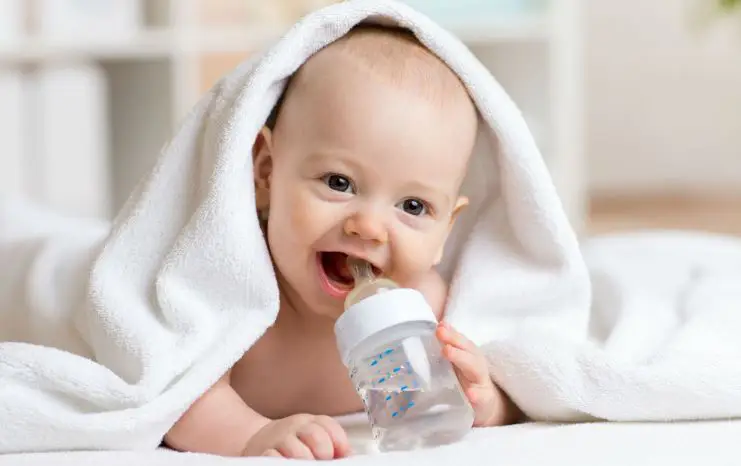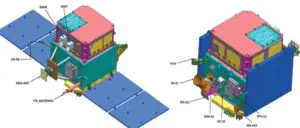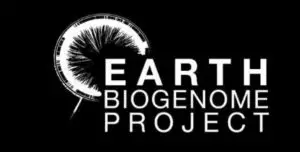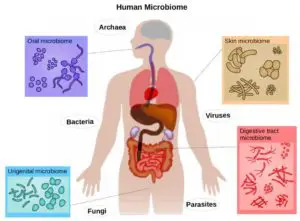Maternal Spindle Transfer (MST) Technique | UPSC – IAS
Recently, Fertility doctors in Greece and Spain have produced a baby from three people in order to overcome a woman’s infertility, the team used a technique called maternal spindle transfer (MST).
Maternal Spindle Transfer is a technique similar to Pronuclear Transfer in its effort to prevent the transmission of mitochondrial disease. However, the main difference between these two techniques is that Maternal Spindle Transfer uses unfertilized eggs instead of the early embryos used in Pronuclear Transfer.
- Mitochondrial transfer procedure, uses a snippet of DNA from a healthy female donor to prevent mothers passing on devastating genetic disorders such as muscular dystrophy and heart and liver conditions.
- The experimental form of MST uses an egg from the mother, sperm from the father, and another egg from a donor woman.
- All cells have mitochondria, which are like power packs for the cells and create the energy that keeps cells alive.
- While a child’s DNA is a mixture from both the mother and father, mitochondria are separate “packages of genetics” that come solely from the mother.
- Some people have a mitochondrial disease a problem with the genetics in their mitochondria which can lead to severe, life-threatening conditions, although this is rare.
- One treatment for a woman who might have one of these diseases is to replace the mitochondria in her eggs via IVF.
Maternal Spindle Transfer (MST) technique Procedure | UPSC – IAS
- Assisted reproductive technologies are used to extract the intending mother’s egg from her ovaries. The cytoplasm of the intending mother’s eggs contains the unhealthy mitochondria.
- Chromosomes, the nuclear DNA material, are found in the intending mother’s eggs are grouped together in a spindle-like formation. The chromosomes are removed for transfer to the donor egg. The chromosome-free egg, which contains the unhealthy mitochondria, is then discarded.
- Separately, a donated egg is also extracted from an unrelated woman who has healthy mitochondria. Similarly, the chromosomes of the donor’s egg are removed. However, these chromosomes are discarded, leaving behind the healthy mitochondria in the cytoplasm.
- The spindle-like chromosomes previously taken from the intended mother’s egg are inserted into the enucleated donor’s egg.
- The resulting reconstructed egg contains nuclear DNA from the mother and the healthy mitochondria from the donor.
- The resulting egg can now be fertilized with sperm from the intended father. The resulting embryo will be implanted into the intending mother and will develop unaffected by inherited mitochondrial disease.
Negative aspect of Maternal Spindle Transfer Technique | UPSC – IAS
Some groups oppose the procedure because one approach involves the destruction of IVF embryos. The technique also crosses a line in medicine because it makes genetic modifications to an embryo that will pass down to all future generations. That raises the risk of unforeseen complications affecting generations to come.





